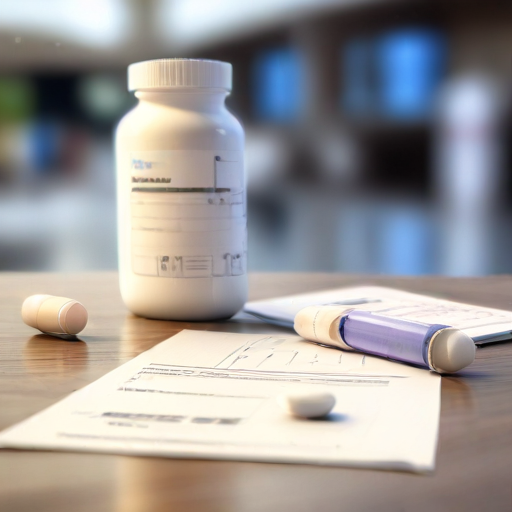The growing prescription rate of GLP-1 drugs among individuals without diabetes is becoming a notable trend, as new research released in the Annals of Internal Medicine reveals. While prescriptions for diabetes patients have decreased, non-diabetic patients have seen a rise in GLP-1 drug usage. This shift raises concerns about potential shortages of these vital medications.
GLP-1 drugs, which function by imitating a hormone that manages blood sugar levels and decreases appetite, were originally approved for type 2 diabetes treatment. However, the FDA expanded their approval in 2021 to include weight loss options, such as Wegovy.
Leading pharmaceutical companies, Novo Nordisk and Eli Lilly, are currently facing challenges in meeting the increasing demand for GLP-1 medications like Zepbound, Mounjaro, Wegovy, and Ozempic. Researchers from Cedars-Sinai Medical Center analyzed medical records of 45 million Americans from 2011 to 2023, revealing that the proportion of new GLP-1 users with type 2 diabetes has dropped from nearly 90% to just over 70%. Conversely, the share of users without diabetes has surged from 10% to 25%.
Co-first author of the study, Yee Hui Yeo, highlighted the significant shift in public health perspective, noting that healthcare providers are increasingly recognizing the benefits of these drugs for obesity treatment. However, this trend raises valid concerns regarding access for diabetic patients who need these medications.
The data utilized in this study came from TriNetX, a healthcare software firm, although it may not be a completely representative sample of the national population. In recent years, the appetite-suppressing effects of GLP-1 drugs have gained popularity, with evidence suggesting users can lose up to 26% of their body weight.
The skyrocketing demand for these drugs has significantly boosted the market value of Eli Lilly and Novo Nordisk, making them two of the most valuable pharmaceutical firms globally. However, the high demand has created difficulties for some patients in filling their prescriptions, prompting both companies to invest billions into increasing production capacity.
Market analysts at Morgan Stanley predict that the global market for GLP-1 drugs could soar to $105 billion by 2030, with an estimated 31.5 million people in the U.S. using these medications by 2035—equating to about 9% of the population.
This growing trend in prescription practices not only highlights the widening recognition of weight management and metabolic health but also emphasizes the importance of ensuring access for all patients who depend on these drugs for their health and well-being. With continued advancements and increased production efforts, there is hope that both diabetic and non-diabetic patients can receive the treatments they need.
